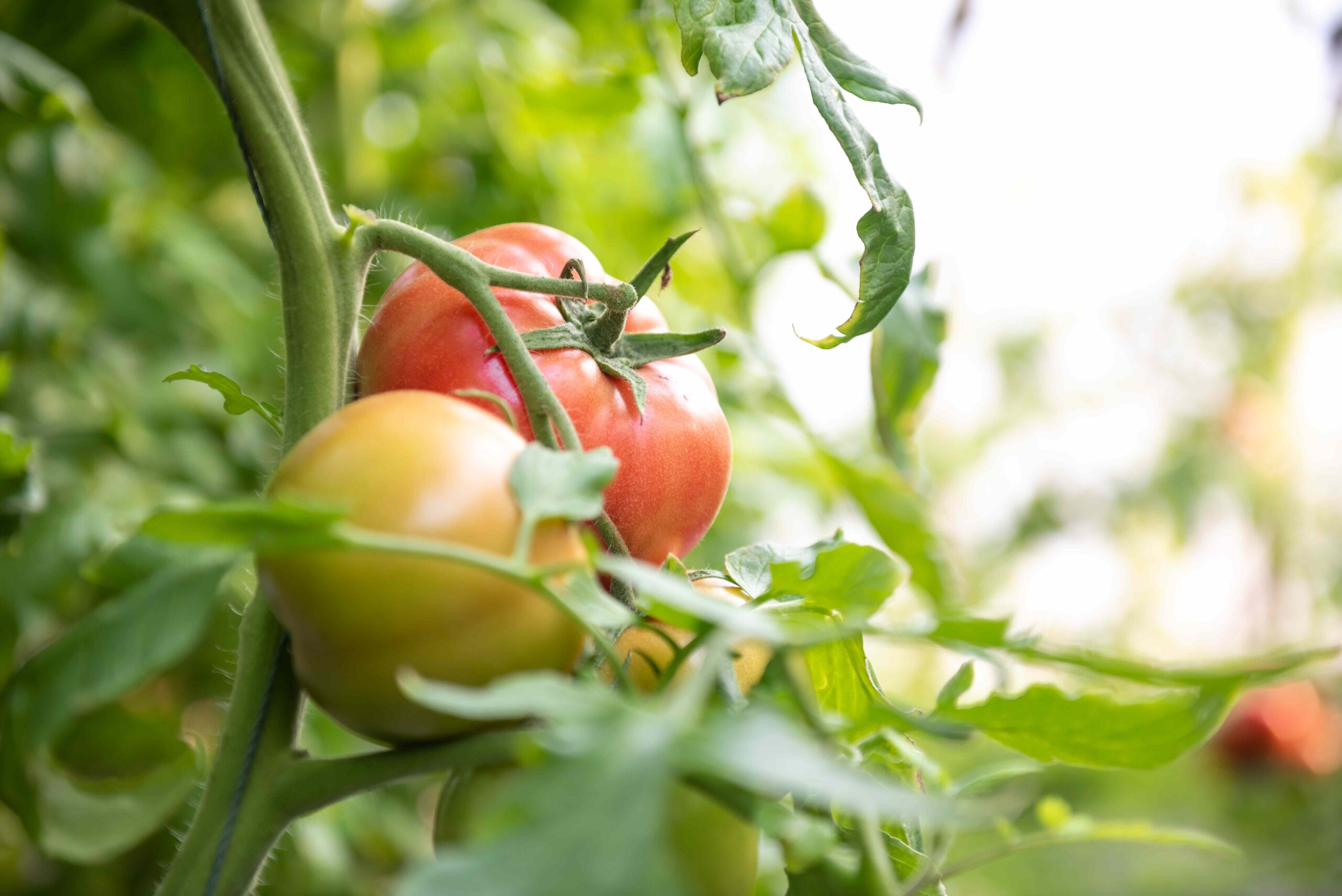:max_bytes(150000):strip_icc():format(jpeg)/GettyImages-1471409061-7da7f01cdc3c4ab8bea2a0c6a312966a.jpg)
About This Episode
Grumpy helps a reader grow tomatoes. Plus, the plant of the week.
Question Of The Week
“What is the secret to growing tomatoes in Northeast Florida? We get good sun.” – Sue Ann
Grumpy Gardener: Well, good sun is important if you want to grow tomatoes, but if you live in Florida, sometimes you can get too much of a good thing. And that’s because in the dog days of summer when it gets really, really hot like it does in Florida, and every day the temperature’s going into the mid-nineties and above, a lot of tomato varieties will stop producing. The flowers will not pollinate, and the plants just sit there. So if you live in Florida and 95 or 96 is what you expect every day, and the lows may drop into the mid-seventies, what do you do? Well, the first thing you should do is choose varieties to plant that are heat tolerant, and these include varieties like Heatwave, Solar Setand Sunchaser.
- First, you have to start off with heat tolerant tomato varieties.
- Another thing you want to keep track of is tomato diseases flourish in rainy Florida, and so you can reduce the threat of leaf fungus by gradually removing the plant’s bottom leaves up to produce eight inches of bare stems from the ground up to the first of the plant. This helps keep disease spores resting on the soil surface from being splashed into the foliage and causing nasty things like early blight.
Plant of the Week
Sun Coleus
When people say that they want continuous color all summerI say, don’t just plant flowers. See, many flowering plants bloom and then rest and then bloom again, so you get gaps. Instead, plant things with colorful foliage that lasts a whole season, and I can’t think of any better plants for this than sun coleus. Unlike the old-fashioned coleus that needs shade, sun coleus thrives in full sun, and the varieties are larger bushier and tidier than shade coleus, and they’re also less prone to producing those annoying flower spikes on the top.
- Sun coleus comes in about every color except blue and white, and leaf shapes and color patterns are incredibly varied. Now, some of my favorites, and I’m gonna give you another list for you to write down, spell ’em as good as you can Alabama Sunset, Campfire. There’s one called Henna that I love. One is called Keystone Copper, it’s kind of an orangey one. Another one is called Saturn, and then there’s Sedona Sunrise. And the last one is Wasabi, it’s green and it’s spicy. Oh, it’s got a different color on the underside of the leaf, and on the top it’s a combination of green and purple and a little bit of, uh, red in there. And you have to really see it, you can’t get a good idea over the air here.
- It’s very tidy, it doesn’t flop all over the place. Good sturdy stems. And it lasts from the time you put it in the ground all the way to freeze in the fall, and it gives you continuous color.
About Ask Grumpy
Ask Grumpy is a podcast featuring Steve Bender, also known as Southern Living’s Grumpy Gardener. For more than 20 years, Grumpy has been sharing advice on what to grow, when to plant, and how to manage just about anything in your garden. Tune in for short episodes every Wednesday and Saturday as Grumpy answers reader questions, solves seasonal conundrums, and provides need-to-know advice for gardeners with his very Grumpy sense of humor. Be sure to follow Ask Grumpy on Apple Podcasts, Spotify, or wherever you listen so you don’t miss an episode.
Editor’s Note: Please be mindful that this transcript does not go through our standard editorial process and may contain inaccuracies and grammatical errors.

